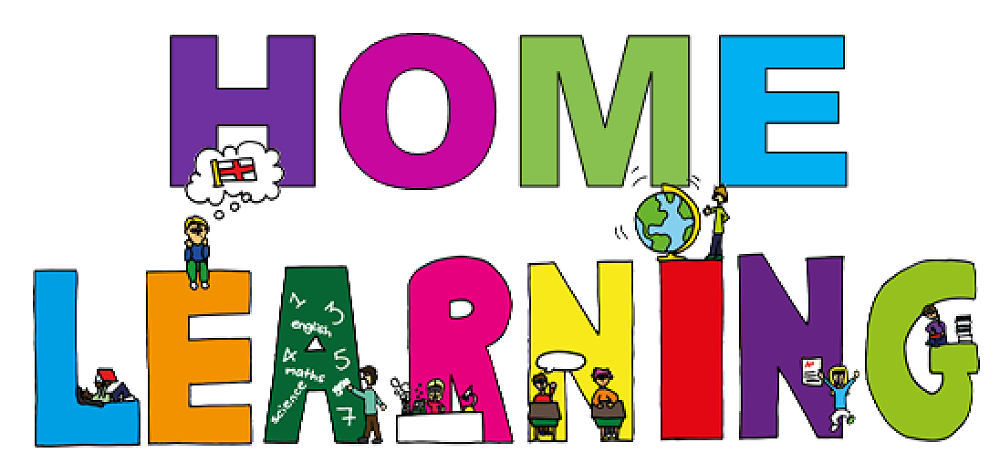Behaviour and Learning at Hobsonville School - Te whanonga me te ako i te kura o Onekiritea
Year 5 Kaiako — Jan 31, 2024
This language runs constantly in our school programmes both in and out of the learning spaces. The language we use is:
- Put your body in the group.
- Read the situation (notice what’s going on).
- Act quickly.
- Think about me.
- Show me I matter / show me you matter.
- Eyes on me - you're thinking about me.
- Expected / unexpected behaviour.
- Stop - sit/stand where you are (stop = stop moving your body).
Attention and Focus - Looking through a lens is broken into 3 parts (I’m not doing well as I have a lagging or undeveloped skill). You can learn a new skill; it just has to be a focus so it can be developed and applied to the classroom/playground.
- Spotlighting - you have to discount what is happening around you as you are focused on something/someone (getting the rich information).
- Floodlight - everything is illuminated.
- Executive focus - I can focus on this as this is more important (hierarchy - who is more important to focus on e.g. fellow student vs teacher - teacher is more important)
Respect, Responsibility, Attitude, Pride, and Restorative Practice - Te whakaute, Te kawenga, Waiaro, Te whakakake a mahi whakaora
At Hobsonville School we put into action a belief that respectful relationships are at the heart of the educational experience. We promote positive behaviour through choice, reflection and elicited consequences and develop responsible, reflective pupils who are proud of their own achievements as well as the achievements of others.
The essence of Restorative Practice is simple - human beings are happier, more productive, and more likely to make positive changes in behaviour when those in positions of authority do things WITH them, rather than TO them or FOR them. Adapted from Wachtel 2004
The Restorative Process is a way of building, maintaining and respecting relationships.
Reflect …………….. Repair……………….Reconnect
- It has to do with relationships and building connections.
- It is fair.
- It is respectful to the victim and the wrongdoer.
- It teaches humility and empathy.
- It elicits consequences from the wrongdoer.
- It develops a sense of social responsibility.

